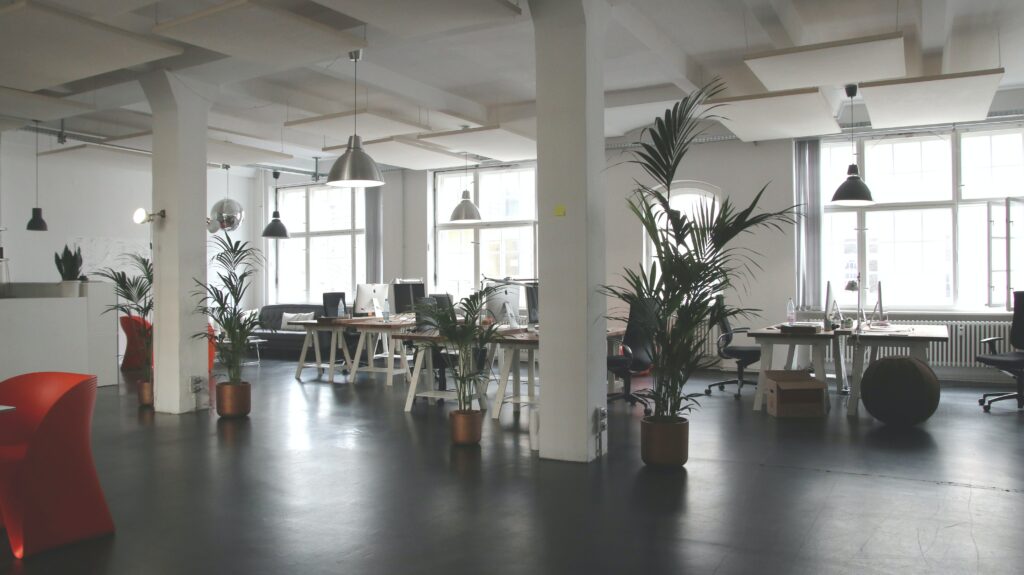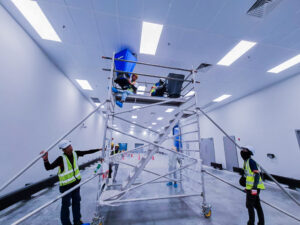The design of buildings plays a critical role in determining indoor air quality and environmental sustainability. In order to create buildings that are both well-ventilated and green, architects and builders must consider a range of factors that impact both indoor air quality and environmental sustainability.
One of the most important factors to consider when designing buildings that are both well-ventilated and green is natural ventilation. This refers to the use of natural air flows to ventilate buildings, rather than relying on mechanical systems. This can be achieved through the use of openable windows, skylights, and other openings that allow fresh air to circulate through the building. This not only improves indoor air quality, but also reduces the energy consumption associated with mechanical ventilation systems.
Another important factor to consider when designing buildings that are both well-ventilated and green is the use of natural light. This can be achieved through the use of skylights, large windows, and other openings that allow natural light to enter the building. This not only improves indoor air quality by reducing the need for artificial lighting, but also reduces energy consumption and improves overall environmental sustainability.
Additionally, designing buildings that are both well-ventilated and green also means considering the use of sustainable materials and construction techniques. This includes the use of materials that are renewable, non-toxic, and energy efficient. For example, using renewable materials like bamboo, cork, and reclaimed wood can help reduce the environmental footprint of the building. Furthermore, the use of green roofs, walls, and rainwater harvesting systems can help to improve indoor air quality, reduce energy consumption, and improve the overall environmental sustainability of the building.
Lastly, it’s important to also consider the location of the building and its design in relation to the sun, wind, and other natural elements. This can help to optimize the building’s natural ventilation and lighting, as well as reduce its overall environmental impact.
Overall, designing buildings that are both well-ventilated and green requires a holistic approach that considers a range of factors, including natural ventilation, natural light, sustainable materials, and building location. By considering these factors, architects and builders can create buildings that promote indoor air quality, reduce energy consumption, and improve overall environmental sustainability.




